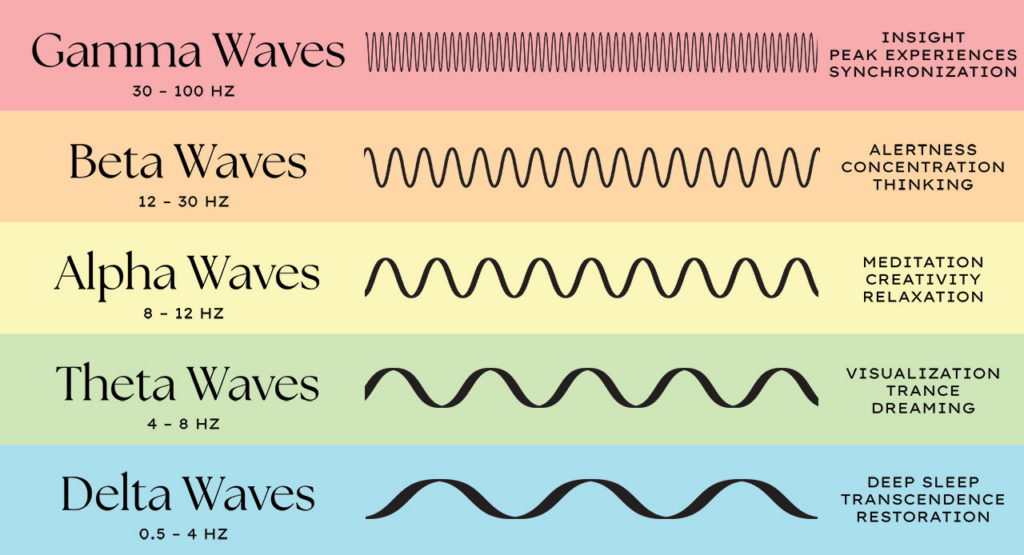Introduction
In recent years, the concept of “ancient frequencies” such as A432Hz, A444Hz, and the so-called Solfeggio frequencies has gained popularity in wellness, sound therapy, and alternative music circles. But what does history, science, and music theory really say about these claims? Let’s explore the facts behind these frequencies and their relationship with music, healing, and our understanding of resonance.
For further exploration into frequency-based healing and modern sound therapy, visit PEMFHealing.app and PEMFMagazine.com.
The Origins of Musical Frequencies
For much of human history, there were no numeric frequency values assigned to musical notes. The very concept of frequency measured as “cycles per second” was impossible before the invention of the “second” as a unit of time. Ancient Greeks like Pythagoras worked with ratios, not specific frequencies. To claim that Pythagoras used A432Hz is to misunderstand both the science and the history: he worked with the proportional relationships between string lengths, not measured Hertz.
What Is Temperament in Music?
Temperament refers to the way notes are spaced within an octave. While the C major scale (C-D-E-F-G-A-B) is familiar, the chromatic scale includes all twelve notes (including sharps and flats) between any two Cs.
Different systems of temperament have been used:
- Pythagorean temperament: Harmonically spaced notes, but limited to one key.
- Just temperament: Used in Gregorian chants, barbershop choirs, and some folk traditions, also limited in key flexibility.
- Equal temperament: The modern standard, adopted to allow musicians to play in any key on instruments like pianos and guitars. Here, all intervals are “equally out of tune” a necessary compromise for versatility.

The Truth About A432Hz, A440Hz, and Tuning Standards
There was no universal tuning standard in the past. The note “A” varied from region to region, era to era. For example, the French “A” was 435Hz, while in Germany, it might be 440Hz or something else entirely. The current standard of A440Hz was set by a court decision involving musicians and scientists more for convenience than science.
The idea that tuning to A432Hz is “more natural” or “ancient” is a modern myth. In equal temperament, tuning everything 8Hz down (from A440Hz to A432Hz) does not magically realign your music with the cosmos; it just shifts the entire scale down slightly, with no inherent spiritual benefit.

The Solfeggio Frequencies: Fact or Fiction?
The popular “Ancient Solfeggio Frequencies” story is a modern invention. The word “solfège” simply refers to the major scale’s syllables (“Do-Re-Mi-Fa-Sol-La-Ti”), not a secret set of frequencies. Claims that the Church hid these “mystical” frequencies for centuries are not supported by music history. The famous “C at 528Hz” is simply a modern reinterpretation: in just temperament, C can be at 528Hz if you tune A accordingly, but there is nothing inherently miraculous about this number.
Experiments claiming plant growth with C528, for instance, lack scientific rigor: there are no controls, and “great” is not a scientific measurement.

Cymatics, Chakra Attunements, and Online Confusion
Images circulating online purporting to show cymatic patterns at 528Hz (or sometimes 102Hz) are frequently mislabeled and misinterpreted. The patterns do not correspond reliably to the frequencies claimed, and often the connection between frequency and geometric pattern is wishful thinking rather than scientific demonstration.
Similarly, claims that C528Hz “aligns” with the heart chakra, or that musical notes map perfectly onto chakras by color, are based on modern reinterpretations and not traditional sources. The law of octaves applies to all periodic phenomena, including sound and light, but the mappings are not as simple as “red = root, C = root,” etc.

The Power of Intervals and Brainwave Entrainment
Where the real magic of music happens is in the intervals, the space between two notes, and the rhythms. When two frequencies are played together (for example, 136.1Hz and 128Hz), the brain perceives the difference as a pulsing “binaural beat” (in this case, 8.1Hz), which can influence brainwave states and relaxation. This is true brainwave entrainment, and it happens with all music, not just “special” frequencies.
The ancient power of music and sound for healing comes from the intervals and the intuition of early musicians and healers, long before numeric frequencies were known.
For PEMF-based entrainment, sound therapy, and bioenergetic approaches, you can learn more at PEMFHealing.app.

Equal Temperament: Harmony or Harm?
Modern equal temperament was adopted so musicians could play in any key, but it introduces a small amount of “out-of-tune” dissonance to all intervals. Studies (such as those by Maria Renold) have shown that some listeners feel more peaceful with A432Hz tuning than A440Hz but the difference is perceptual, not magical. Tuning higher (A444Hz, etc.) only increases tension and dissonance.
Simply shifting music from 440Hz to 432Hz won’t suddenly make rock music meditative. It’s the intent and intervals that matter most.
The Law of Octaves, Light, and Color
Recent science (see the 2015 experiment photographing light as both wave and particle) confirms the law of octaves applies across the spectrum from sound (in Hertz) to light (in Terahertz). However, color and note correlations are not as simple as some claim; for example, the note C aligns more closely with green (the heart center) than with red (the root).

What Actually Works in Sound Healing?
Sound healing is most effective when it is:
- Based on harmonic intervals (as in Pythagorean or Maria Renold temperaments)
- Aligned with the law of octaves for color and frequency
- Combined with intent, rhythm, and practitioner intuition
- Practiced with live instruments, the voice, or harmonically tuned digital tools
The modern standard (A440Hz, equal temperament) does not map perfectly onto the chakra system or guarantee energetic benefits. If you use crystal bowls or tuning forks, you can tune them by ear or add water to shift pitch as needed. What matters is resonance, intention, and the harmonic relationships not magical numbers.
For up-to-date research, frequency program guides, and user stories, check PEMFMagazine.com.
Conclusion
The search for meaning and healing in sound is as old as music itself, but ancient “frequency values” are a modern myth. True healing power lies in intervals, harmonics, rhythms, and intention not in a specific Hertz value assigned to a note. Rather than chasing after numerology or online hype, musicians and practitioners can focus on the age-old principles of harmony, resonance, and the intuitive wisdom of the ancients.

References
- Maria Renold, “Intervals, Scales, Tones, and the Concert Pitch C=128Hz”
- Figures 1–7: [List and link to your selected images]
- More at PEMFHealing.app and PEMFMagazine.com
Disclaimer: This article is for educational purposes and does not offer medical advice. Always consult a qualified healthcare provider before using sound or frequency therapy for any health condition.

